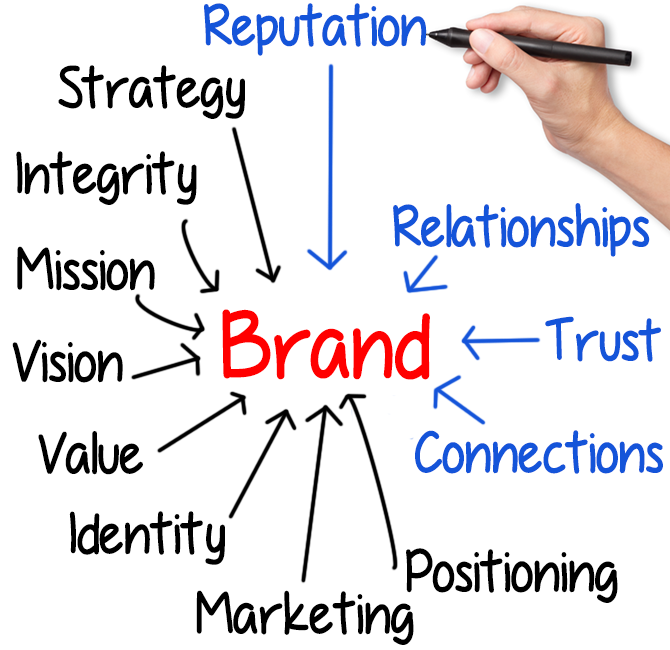 Who Do You Trust? Who Do You Trust? We have all had a leader who we didn’t respect or like. In that experience, no matter how intelligent or charming or even highly competent this leader appeared to be, you knew that placing blind trust in him or her would be a mistake. You were always watching your back waiting for the sucker punch to come. My first real experience with this came fairly early in my career during an off-site team building event put on by my senior team leaders. The task at hand was to walk across a high beam two stories above the ground with a harness, where the only person there to support me was my immediate boss. To this day, almost 15 years later, I can still feel the lurch in my stomach at the thought of having to trust this person. At that moment, I suddenly realized I did not feel confident that my boss could aid me safely cross the beam, let alone on my career path. The problem is, once fear creeps in, you become paralyzed. At that specific moment, my lack of trust allowed fear to become my primary motivation. That day, it took me three hours to finally complete the task. I've learned that it takes time to build up trust and that it only takes suspicion - not proof - to destroy it. What happens to you as a leader if your opinions are not trusted? Will your decisions and evaluations be welcomed or will they be put to the sidelines?
1 Comment
 It’s easy to broadly categorize the term ‘social media’ as “sites like Facebook and Twitter,” which enable users to network, communicate and share with one another. But more realistically, social media encompasses a much broader range of communications. In fact, we love how PR Newswire Release put it in its article today: “For businesses the social space can be divided into two categories: public social media sites and social enterprise tools that bring social capabilities into an organization’s business processes.” Adding to that, the article points out: “Social enterprise tools incorporate the characteristics of social media into business processes, allowing for stronger internal collaboration, deeper understanding of customers and other positive outcomes,” Seth Robinson, director, technology analysis, CompTIA, said. So, here we are, with the awareness that businesses, if they don’t already, should have 1. a public social media presence and 2. the capacity to use social enterprise tools internally (to utilize communications and sharing within your company). But why should a company do so? According to a study of CompTIA’s Social Business: Trends and Opportunities, the reasons are as follows:
The likes of Facebook, Twitter and LinkedIn and as of later Instagram are without a doubt the most widely recognized social media applications, so it’s no real surprise that most companies have gotten on board with them. But the disparity lies in the fact that most organizations simply still don’t know how to most effectively use their accounts… both for external business purposes and, as this article suggests, potentially for internal and business-wide communications. From the Press Release: “Confusion over terminology and hesitation to adopt a consumer-driven development inside the enterprise make the social landscape one that still requires definition and justification for many companies,” said Robinson. “Understanding the characteristics of social technologies is a critical starting point for understanding their business use.” Want help better understanding the social landscape as it exists online? Connect with us via our Facebook page if you’re feeling social media savvy or simply email us at [email protected] and find out how we can help you create a digital strategy for your organization’s communications! |
The Look Brain Trust
We at Look tend to post on our musing's and insights. If you have a blog or an article, we would love for you to share. Archives
April 2017
Categories
All
|
Photo from John Loo

 RSS Feed
RSS Feed